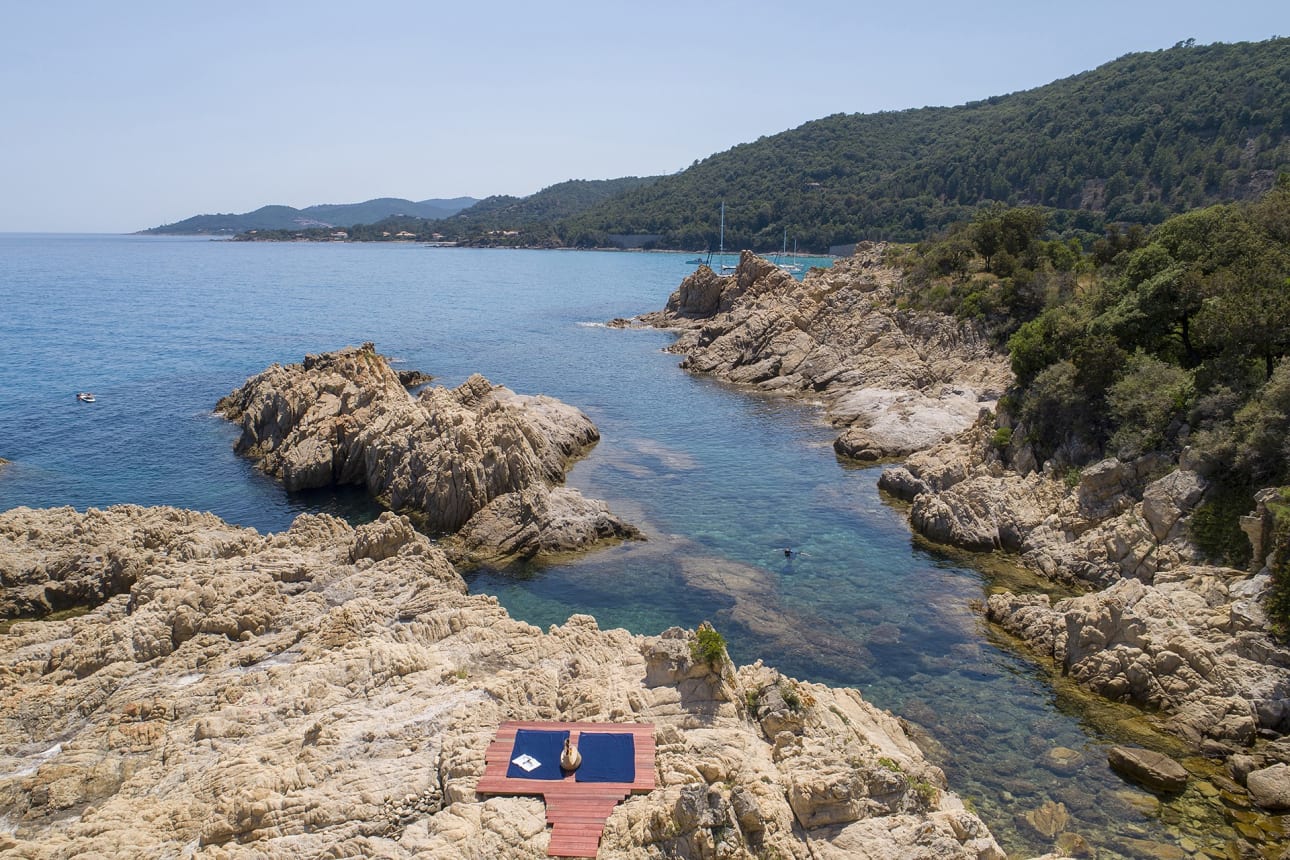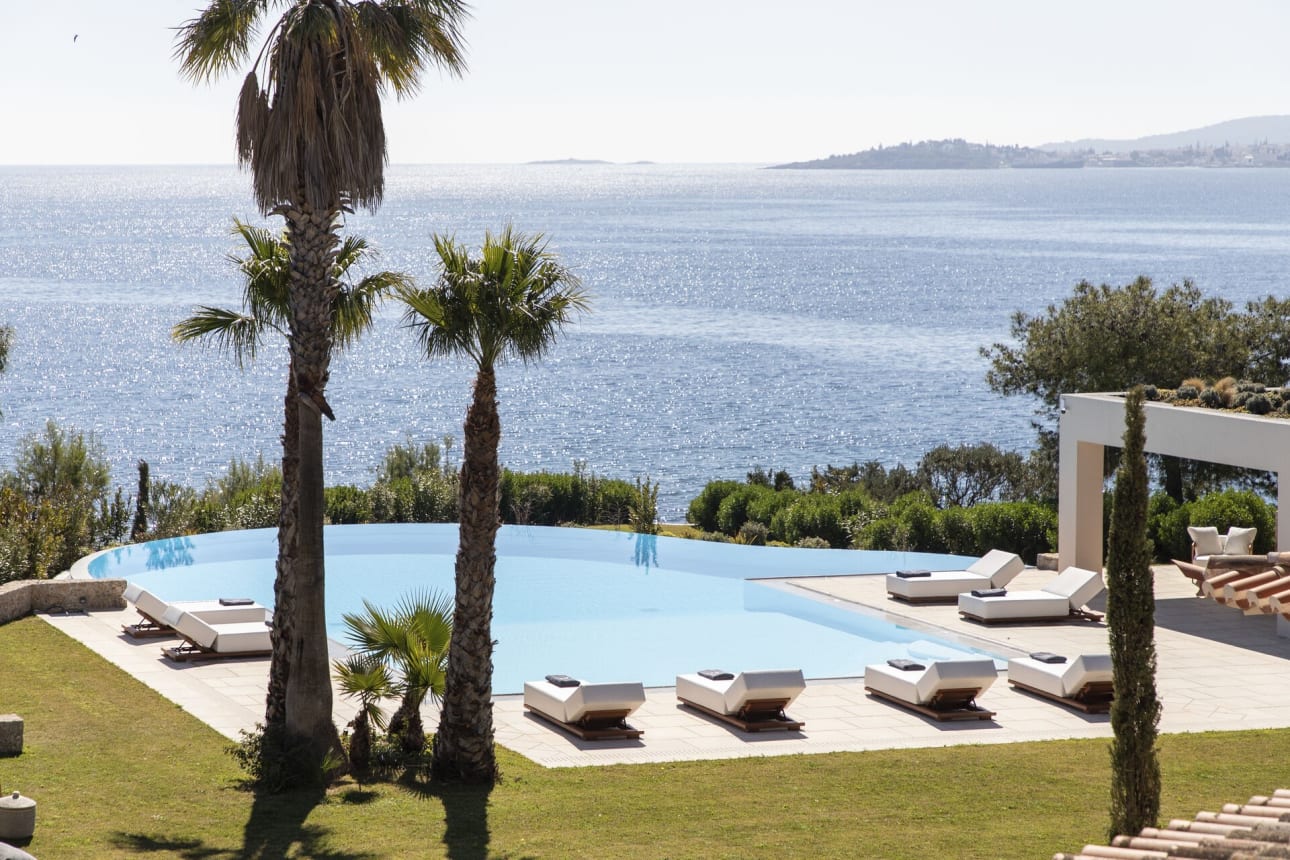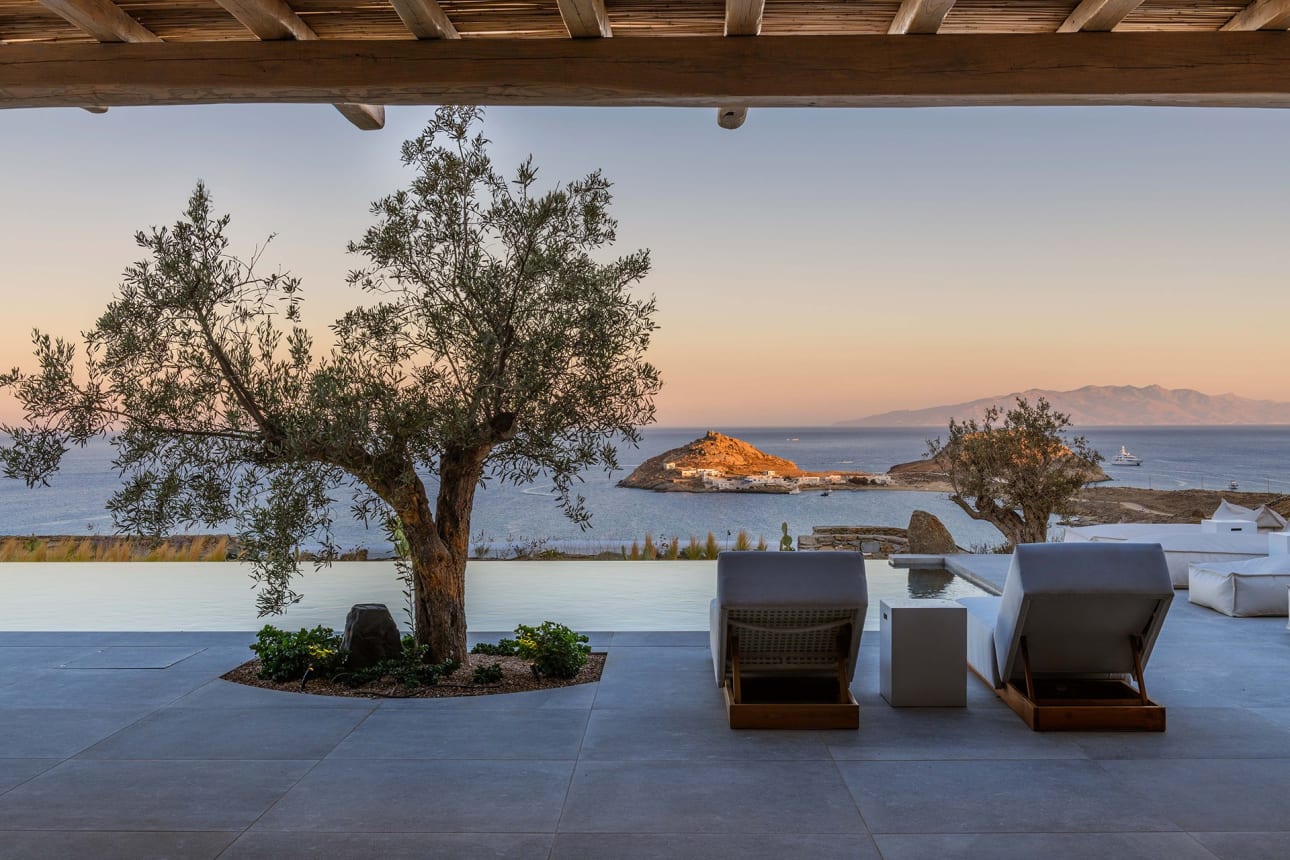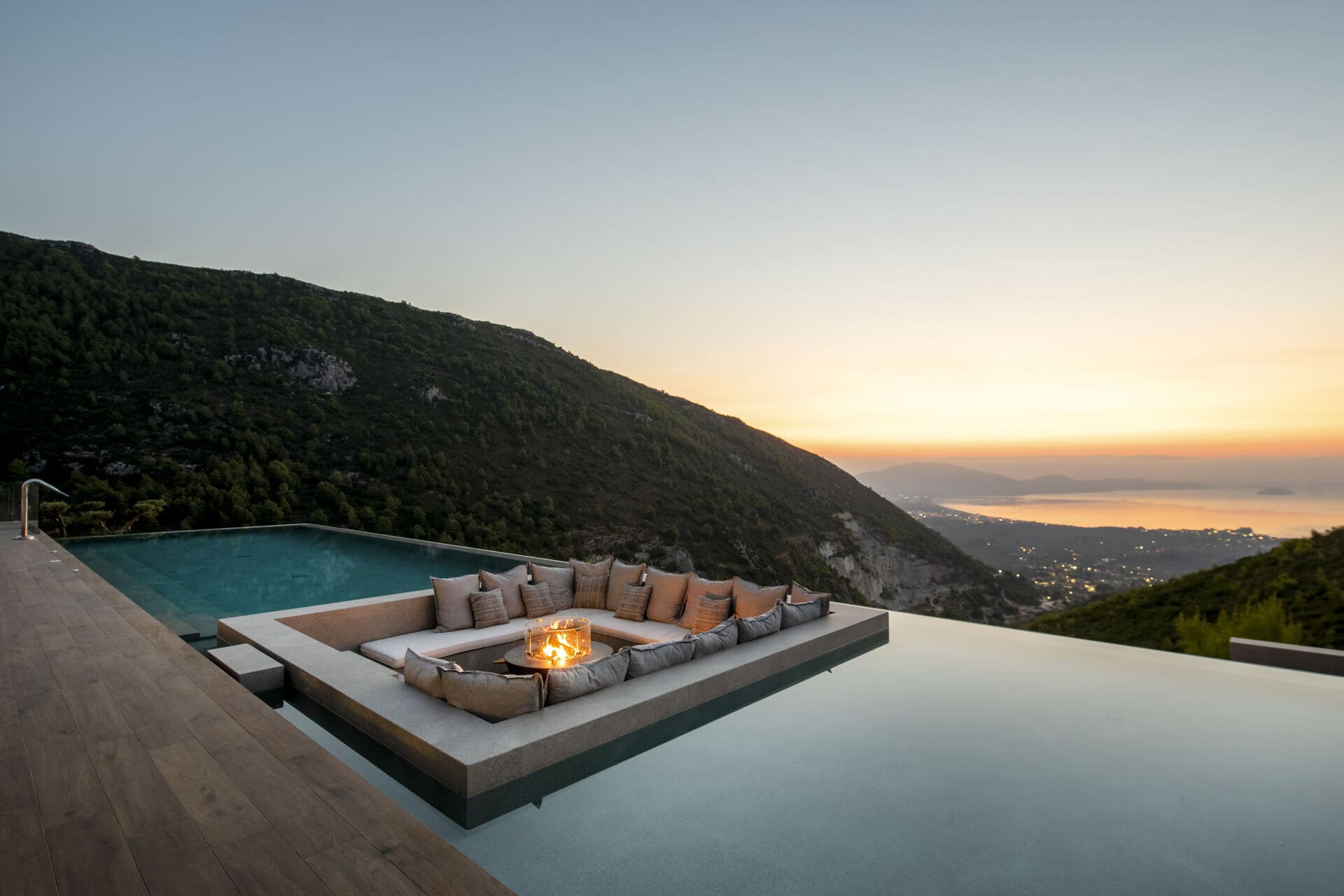How do the French celebrate Christmas in Corsica?
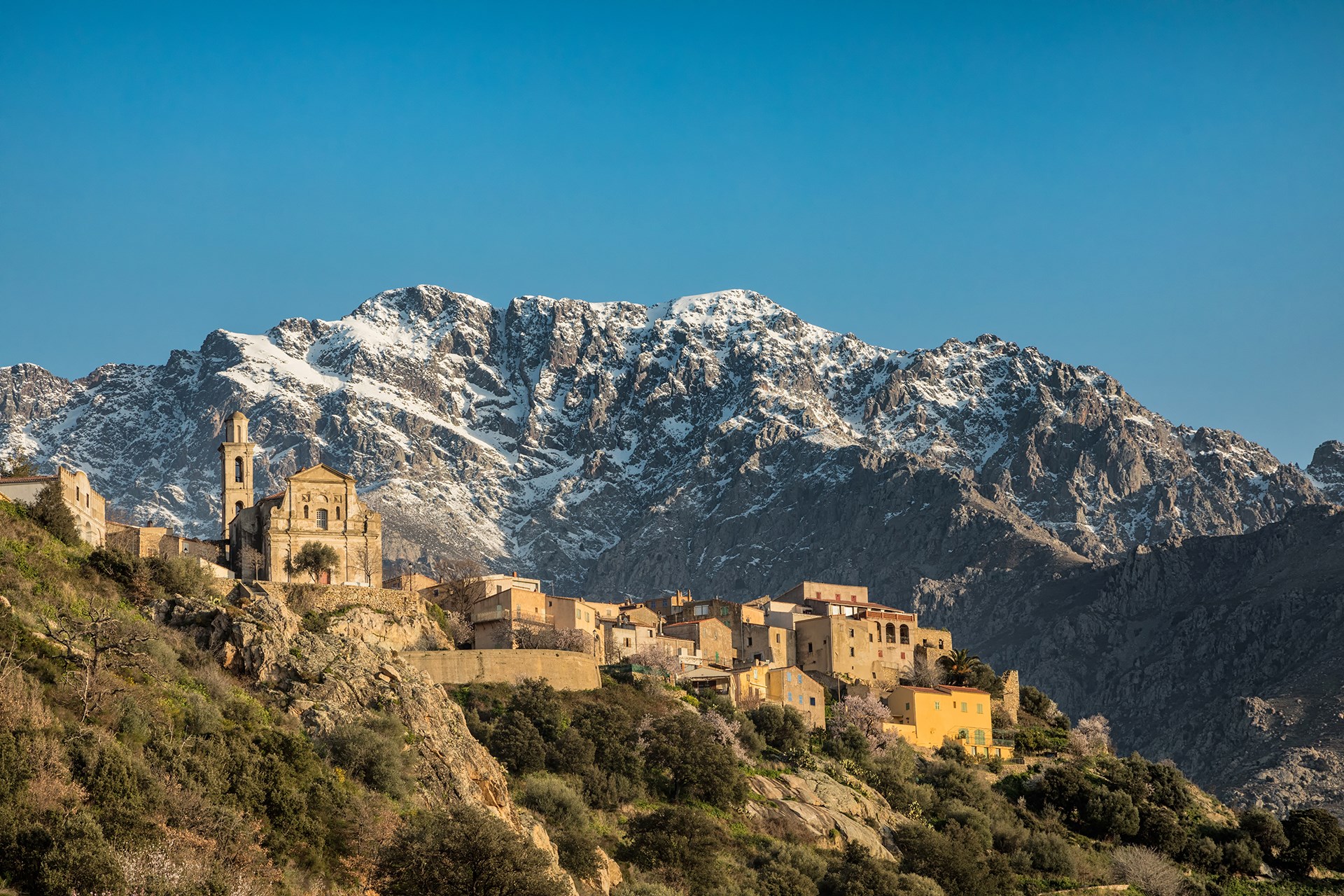
Joyeux Noël! Joyeuses fêtes! It’s time to pop the champagne and prepare for a season of decadent meals and long family feasts. In eager anticipation of the winter festivities, we’ve collected some of our favourite French Christmas traditions and some unique celebrations for a classically Corsican Christmas.
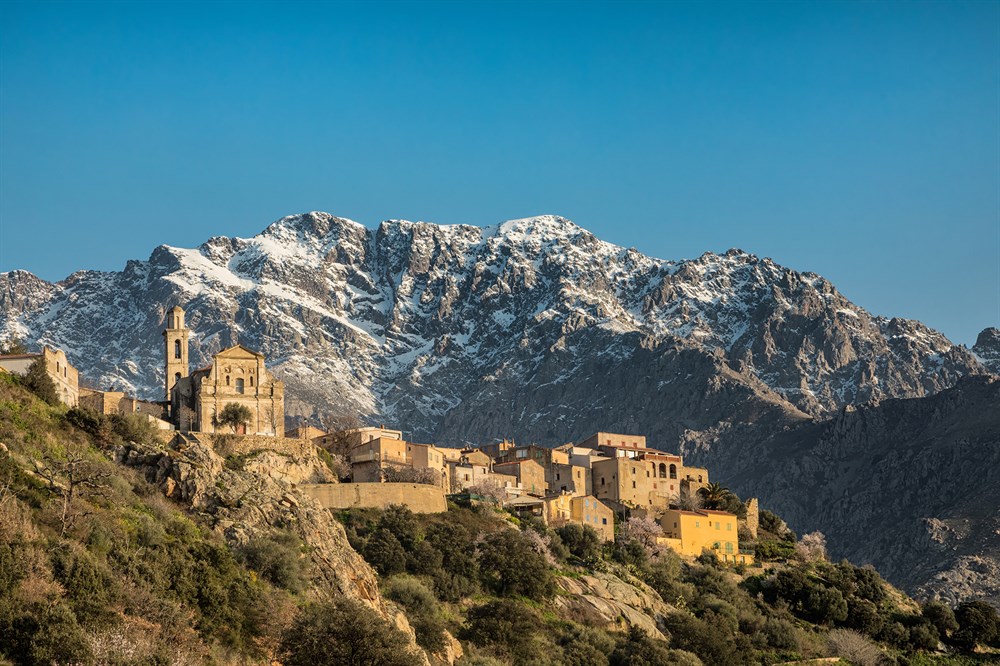
How do the French celebrate Christmas?
Christmas en France follows similar traditions to other Western countries with a Protestant influence. From Christmas trees to Père Noël (Father Christmas), many French traditions will feel familiar.
To celebrate an authentic French Christmas for yourself this year, explore our luxury French villas.
French Christmas traditions
Advent calendars, Christmas trees (sapin de Noël), nativity scenes (crèches) and Christmas markets (marché de Noel) are all common in France during the festive period. Some of our favourite uniquely French traditions include the following:
Rather than riding the skies in a sleigh pulled by reindeer, Père Noël rides a donkey named Gui (Mistletoe) to distribute presents on Christmas Eve.
Instead of stockings, French children typically leave shoes out to collect their gifts, which are often much humbler than British or American presents. Sweets, money and small toys (tiny enough to fit into a pair of shoes) are traditional French Christmas gifts.
French children commonly write a letter to Père Noël at this time of year and Father Christmas is expected to respond. In fact, this is a matter of law! Since 1962, Père Noël has been legally obligated to respond to any letters he receives in the form a of a postcard.
In northern and easten France, St Nicholas’ Day (6 December) is another day for gifts.
The much-loved saint travels to local villages, often with a little donkey, and gives sweets and presents to the children.
French youngsters need to watch out for Père Fouettard (Father Spanker) on this day, however. Once an evil butcher, this shadowy figure accompanies St Nicholas, sometimes carrying a stick or a whip to threaten badly behaved children.
On Christmas Eve, traditional French Christmas festivities get into full swing. Known as Le Réveillon, the Christmas Eve meal is a feast for friends and family. Often lasting for up to six hours, the celebrations always end in time for guests to attend midnight mass at their local church.
Increasingly, French families are electing to condense their Christmas feasting and festivities, restricting their largest feast to Christmas Day and attending a church service on 25 December instead of staying up for midnight mass.
French Christmas food is designed to be showstopping. Families will prepare many carefully cooked courses, all served using their finest tableware and supplemented by a carefully chosen wine.
After many courses, it is traditional in Provence to serve les treize, a selection of 13 separate desserts that symbolise Jesus and his 12 disciples at the Last Supper. Guests must taste each dessert to ensure good luck in the coming year.
Three Kings’ Day (Jour de l'Epiphanie) on 6 January marks the coming of the three wise men to see the baby Jesus. On this day, many French towns will have parades, which are much loved by children. On this day, families buy a galette des rois to share. This is a special tart that contains a hidden fève (a small porcelain trinket). Whoever is lucky enough to choose the piece of galette that contains the fève is dubbed king or queen for the day, an honour that includes wearing a golden crown.
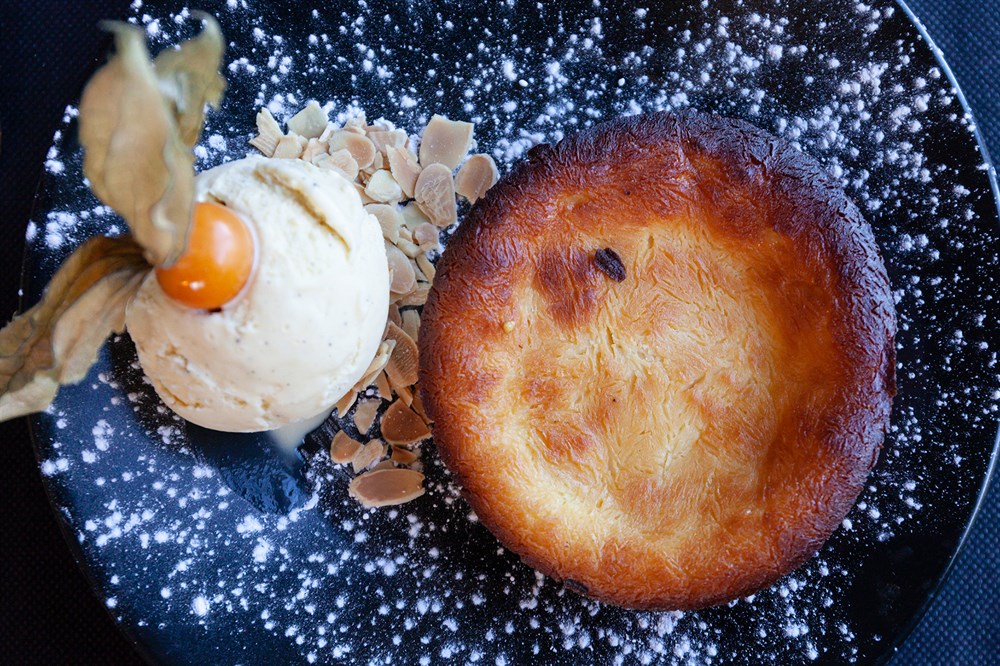
What do French people eat on Christmas?
As a country with famously rich and proud gastronomic traditions, it’s little wonder that food and feasting play a central role in a true French Christmas. French Christmas food is an elaborate affair that is taken very seriously, with immaculate preparation and presentation. Festive feasts on Christmas Eve and Day can last for many hours, with many courses presented to diners. A traditional Christmas meal in France may include:
Aperetifs and nibbles - Expect to begin the meal with alcoholic beverages like Pastis, Dubonnet and Picon or cocktails (Kir Royale is a favourite). Canapés like meat or mushroom pâté en croûte and other simple snacks may also be served.
Entrées - Once seated at the beautifully decorated dining table, the feast begins in earnest with a course of entrées (or appetisers), which may include raw and cooked asparagus, oysters and caviar.
Plat principal - With many courses to enjoy, the main meal (or plat principal) is often comparatively restrained. Roast beef, a classic French soup or capon (a large, older chicken) are common dishes, served along with sides including mushrooms, green beans and broccoli with optional lardons.
Cheese - Following the main course, the cheese course is a French Christmas staple. Traditionally at least four varieties of cheese will be served, including a Comté, Camembert, Roquefort and a goats’ cheese. However, the number, type and range of cheeses served will depend on the host and region.
Bûche de Noël - This Christmas log is the traditional French dessert. Often brought by a guest, this rolled-up cake is sold in pâtisseries throughout France at this time of year, with each creating their own special styles and flavours.
Digestifs - To help aid digestion, after dinner digestifs such as cognac, calvados and Grand Marnier are commonly served.

French Christmas recipes
If you’d like to enjoy the taste of a true French Christmas, we’ve collected some wonderful recipes for you to try:
Kir Royale from BBC Good Food for a welcoming cocktail.
Duck pâté en croûte from Saveur for a perfect appetiser.
Salmon tartare with chicory from Delicious for a sophisticated entrée.
Roasted capon with chestnuts from My Parisian Kitchen for the centrepiece.
Bûche de Noël from Raymond Blanc for a traditional dessert.
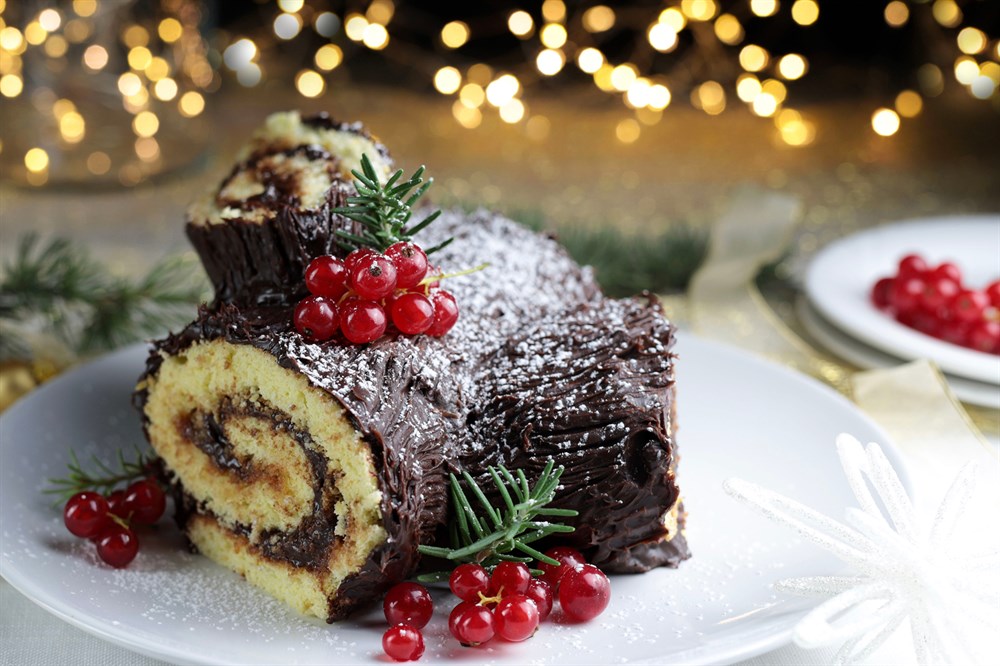
Corsica at Christmastime
In Corsica, Christmas follows most of the dates and traditions upheld in mainland France. There are, however, a few local customs that make a Corsican Christmas particularly charming. Christmas trees, for example, are not traditional - instead, homes are decorated with holly branches or vibrant-berried strawberry trees.
The traditional Christmas Eve feast was once a less ostentatious affair on the island of Corsica. Instead, a much more frugal meal of chickpea soup and roasted chestnuts (a specialty of the island and fantastic vegetarian alternative) was considered traditional. Whatever the scale of the meal, the first spoon to be used is thrown into the fire, which symbolises that the first mouthful is given to Jesus.
In fact, fire has a very special significance during Christmas in Corsica. Throughout the festive period - which lasts from Christmas Eve until New Year’s Day - fires remain burning brightly in village and town squares. Churches blaze with candles and many superstitions govern how fires burn in family homes. A log must be added to the fire for every guest, for example, to ensure their wellbeing in the new year.
Another especially convivial tradition is for groups of children to visit seven local families - one each night - bringing a log to be burned in their fireplace. The children are usually given sweet treats in return, and the visitors and hosts share stories around the fire. This tradition is an illustration of the closeness of Corsican communities. For those considering our holiday villas in Corsica, there are few places where you will be met with a warmer welcome!
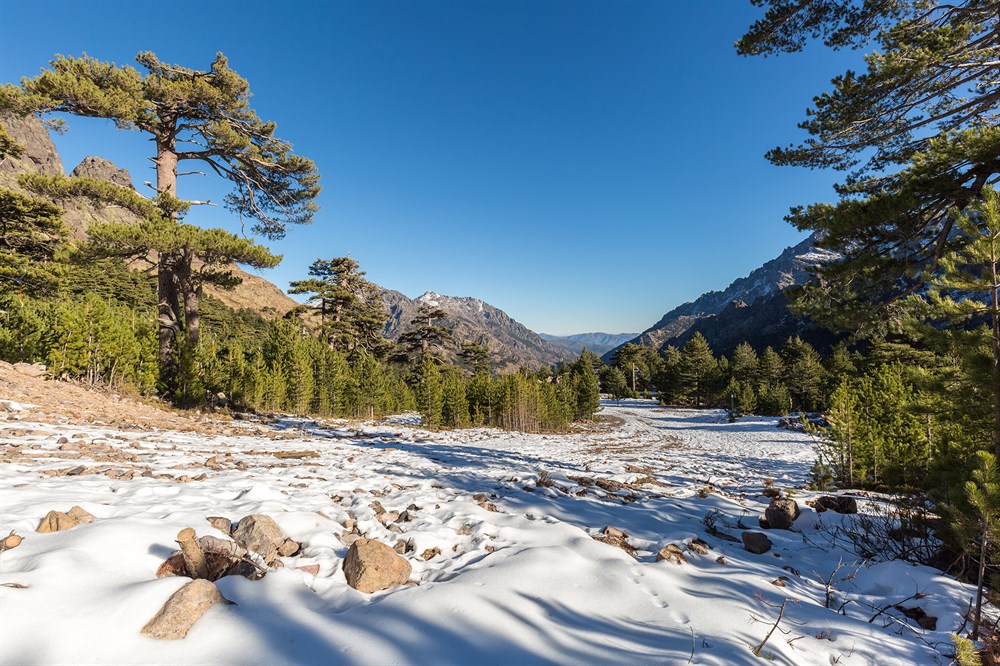
Discover Corsica with The Thinking Traveller
From Christmas cosiness to summer adventures, the diverse natural beauty and rich traditions of Corsica make this French island a treat to visit at any time of the year. Whenever you choose to stay, our team will take every step to make your visit memorable and magical.
Browse all villas in Corsica in our complete collection or allow us to recommend an astonishing accommodation option for you. From there, we will take care of every little detail, from sharing the region’s best-kept secrets with you to arranging luxurious treats throughout your stay. Nothing is too much trouble.
.jpg)
